The Minnesota Vikings are making life hard for sports media’s talking heads.
Through 11 games, the Vikings are 14th in points scored and 19th in points allowed. They got blown out 40-3 at home by the Dallas Cowboys. The defense has been shaky, and Vikings quarterback Kirk Cousins is having his worst season since his 2018 arrival to the Twin Cities.
Despite all that, they’re 9-2 — tied for the second-best record in the NFL alongside the dynastic Kansas City Chiefs. They won the “game of the year” on the road against the Buffalo Bills, who are still one of the betting favorites to win the Super Bowl.
But if you listen to any national sports talk shows on ESPN or Fox Sports 1, you’re more likely to hear hems, haws and “are they for real?” conversations about the Vikings instead of praise for the NFL’s biggest surprise this season.
After the thrilling win in Buffalo, Fox Sports commentator Joy Taylor dismissed the Vikings with a vapid “do it in the playoffs” remark that bordered on sports-talk parody.
Taylor’s assertion is sadly emblematic of most sports commentary. If the facts clash with the manicured narratives, then the narratives must take precedence over reality.
In response to accusations of bias and narrative-driven pseudo-analysis, many Vikings critics point to analytics. According to these analytics, critics say, the Vikings are lucky to be a winning football team. After all, they rank 22nd out of 32 in Football Outsiders’ DVOA — a statistic that measures each team’s efficiency on each play with respect to opponent and circumstance.
Most analysts who bring up DVOA have no idea what it means, but that doesn’t matter. It’s a convenient talking point to bolster the claim that the Vikings are frauds.
But I have trouble with fancy football statistics for a simple reason.
The NFL has a short season: just 17 regular season games. You cannot fret the “should have won/lost” games because nearly every game is decided by three or fewer plays.
The conundrum for the Vikings is that they often fail to earn those victories in splashy, showboating fashion that would improve their stats. Instead, Minnesota’s games follow scripts so familiar that the rollercoaster has become a relaxing ride for Vikings fans.
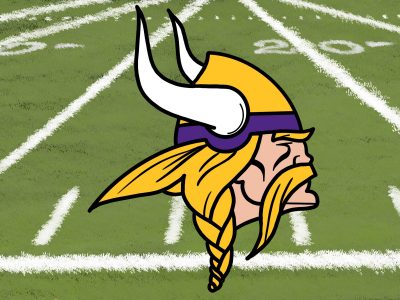
First comes the opening drive score. They then amass a lead that they proceed to blow in the third quarter. Then the fourth quarter starts, and the Vikings turn into the best team in the league.
In the fourth quarter, the Vikings have the league’s highest-scoring offense and the league’s fourth-best defense. And despite allegations of their quarterback lacking intangibles or a clutch gene, Cousins leads the NFL in fourth-quarter comebacks and game-winning drives.
I saw this happen live at US Bank Stadium on Thanksgiving night in Minneapolis. The Vikings scored on the opening drive. The Patriots took the lead in the third quarter. Then, in the fourth quarter, Kirk Cousins led a scoring drive for a go-ahead touchdown with about nine minutes to go. The defense held New England scoreless in the final quarter in a 33-26 victory.
This sequence of events has become so predictable that it literally follows the Hero’s Journey, as NFL writer Arif Hasan pointed out in a recent article.
That being said, there remains legitimate reasons to be skeptical about the Vikings.
First, the Vikings have difficulty putting teams away, which is why eight of their nine victories have been by one possession.
Second, their defense is loaded with veterans past their primes and young players who have yet to prove themselves as legitimate NFL starters.
However, there are many other reasons to believe in Minnesota.
The Vikings’ offense combines an effective rushing attack with superb pass catchers. The balanced offense is augmented by a much-improved offensive line and the emergence of left tackle Christian Darrisaw as one of the league’s elite offensive linemen.
Despite their defensive shortcomings, they rank fifth in takeaways and have two star edge rushers, both of which are essential components of Super Bowl contenders.
Lastly, rookie head coach Kevin O’Connell has instilled discipline. They are the eighth-least penalized team in the NFL.
But the most important reason to trust the Vikings is less tangible. They are the NFL’s best team in clutch situations.
Every time they’ve needed a “gotta-have-it play” or “gotta-have-it drive,” they’ve been able to conjure one. And the biggest reason for the uncanny clutch gene they’ve had on display all year is simple: wide receiver Justin Jefferson.
In every team sport, there are a handful of players who give their teams a chance to win any game. This season, Jefferson has been that player for the Vikings.
Jefferson already executed one of the greatest catches ever in a crucial fourth-down situation in the Vikings’ win in Buffalo.
During the game against the Patriots, I remember the hush that fell over the crowd while the ball floated toward the magnetic pull of Jefferson’s hands for a 36-yard gain to set up the game-winning touchdown.
Jefferson is already an MVP candidate and is on track for an incredible 1,900 receiving yards.
On the Thanksgiving night broadcast, Hall of Fame head coach Tony Dungy credited Adam Thielen’s wide-open touchdown catch to “the Justin Jefferson effect.” Even when he’s not catching the ball, he attracts so much attention that it distorts opposing defenses.
Jefferson’s transcendence gives hope to Vikings fans and nightmares to Vikings skeptics. And the high-powered offense he leads just might be enough to pave a path to the Super Bowl championship that has eluded Minnesota for over half a century.


















































































































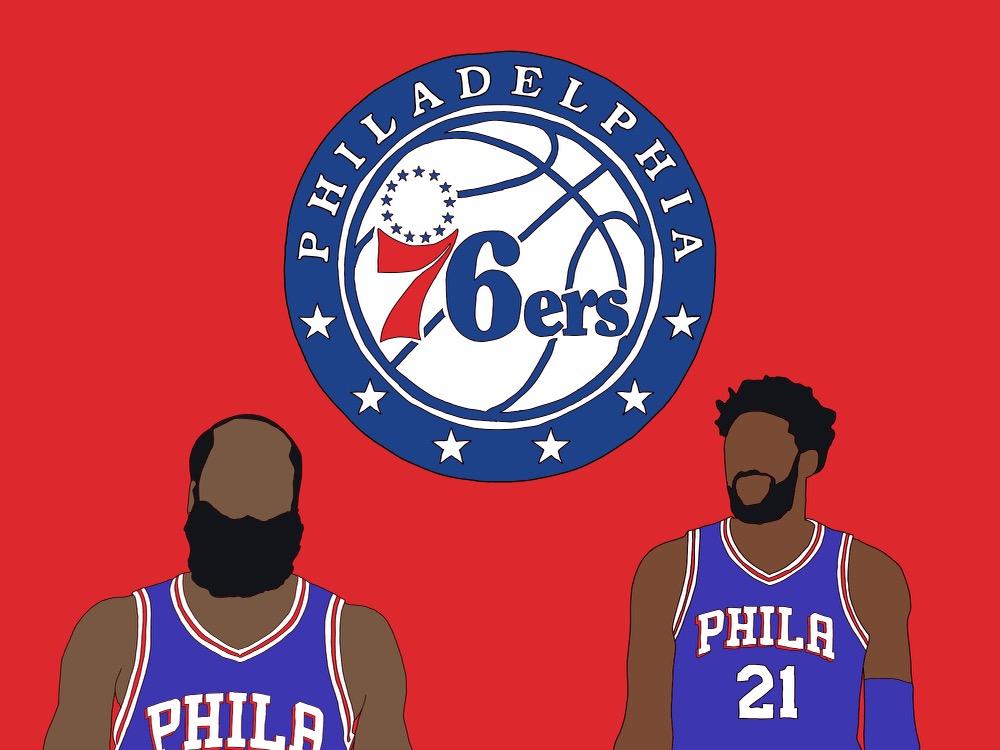


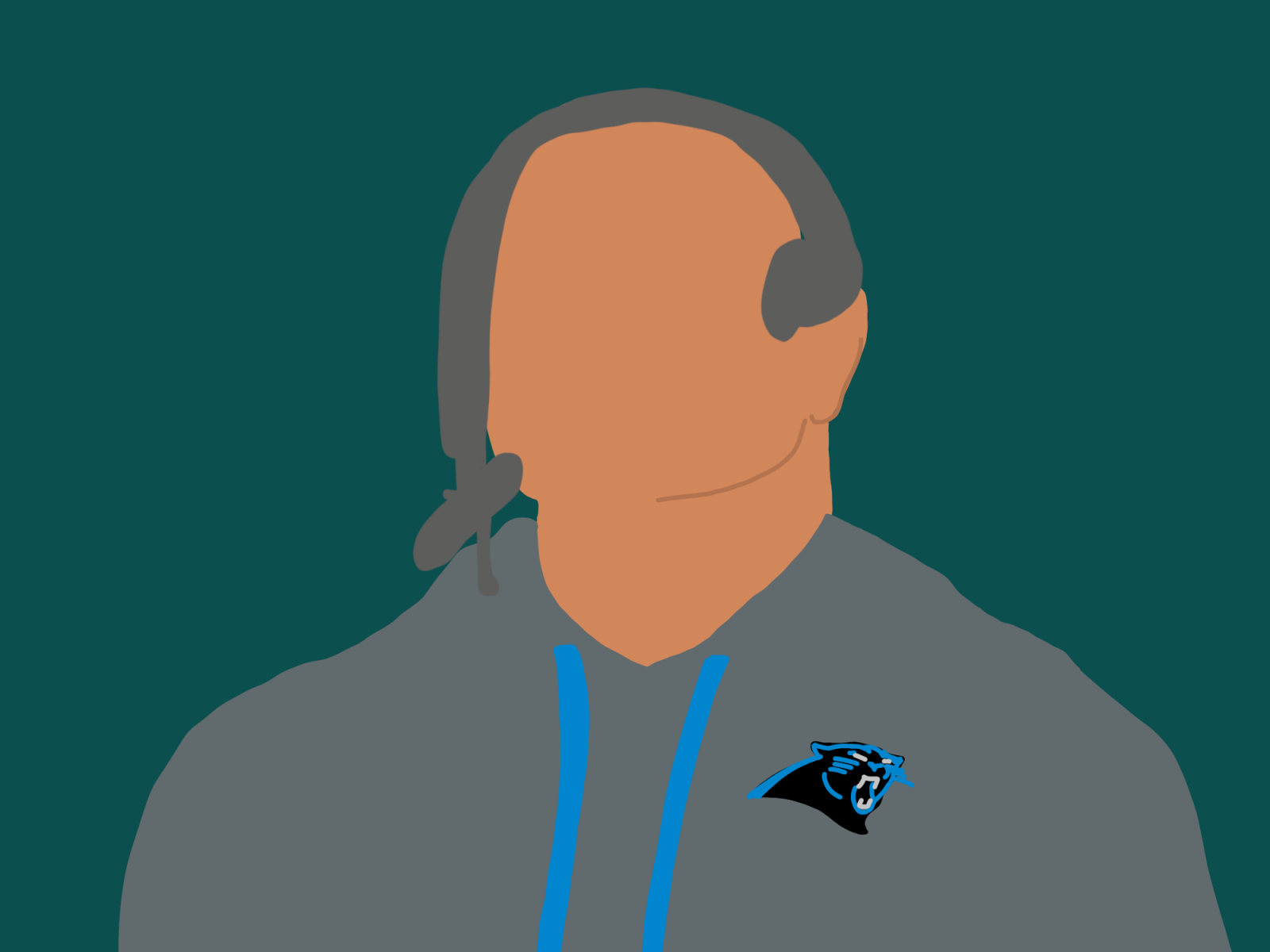
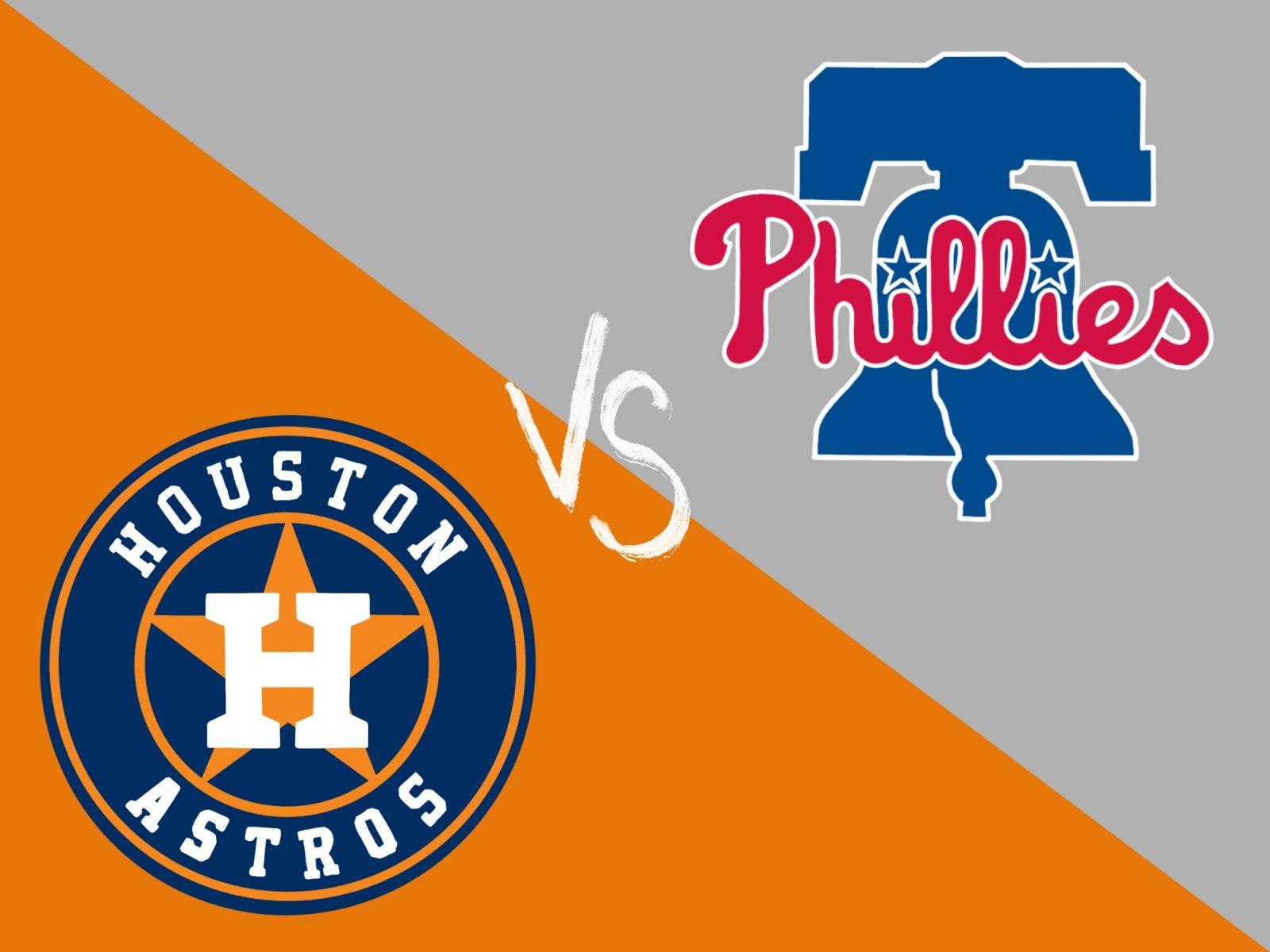
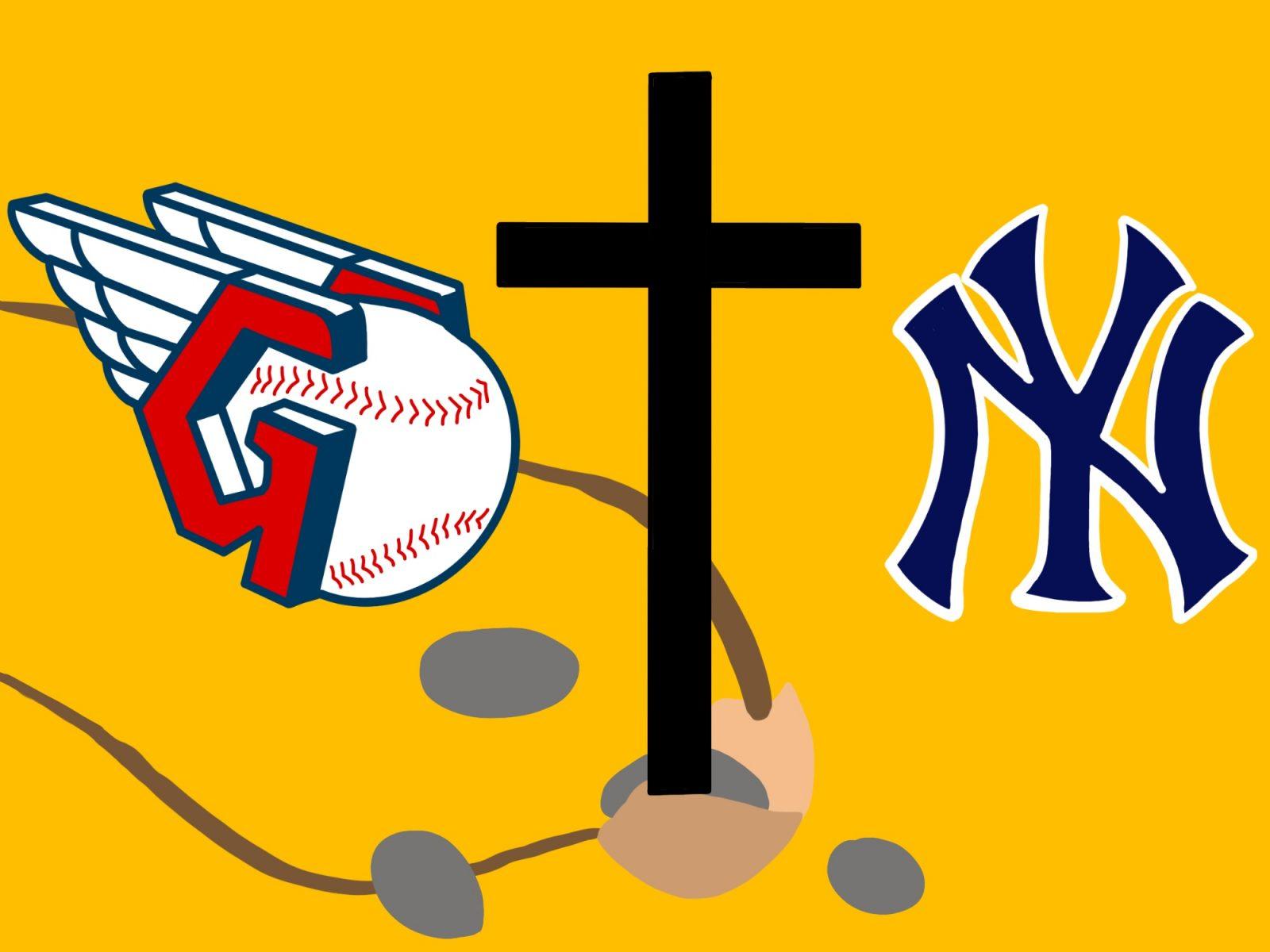





Christopher Sandoval • Nov 30, 2022 at 11:07 pm
Finally someone comes to the the defense of of the Vikings and sets the media critics straight, SKOL.